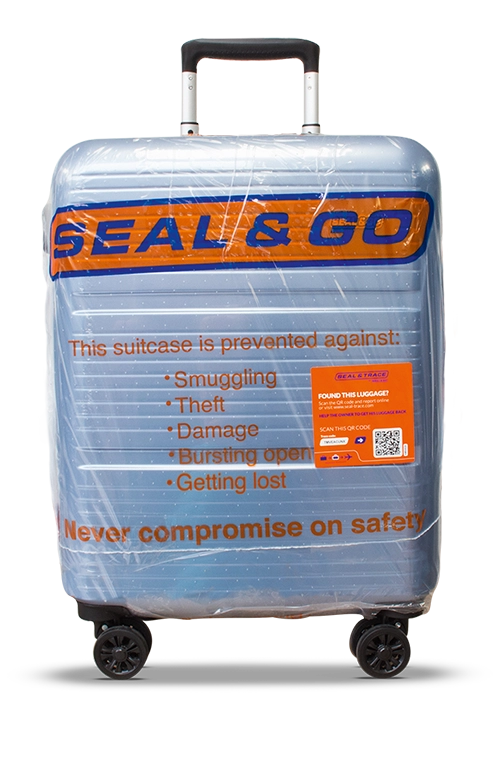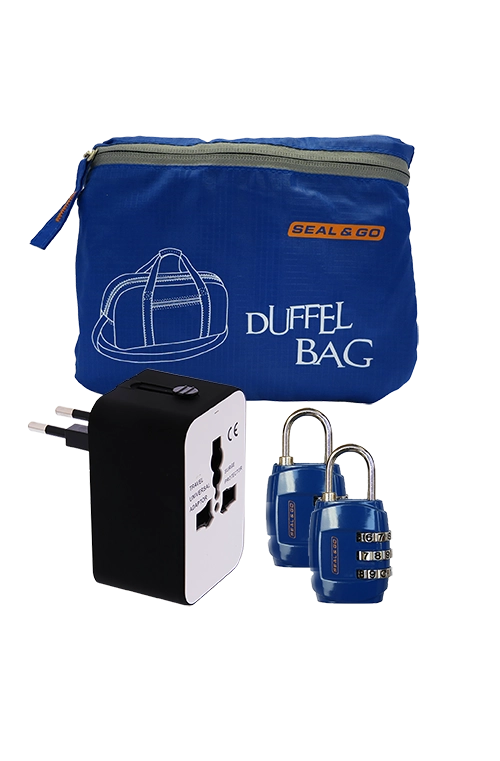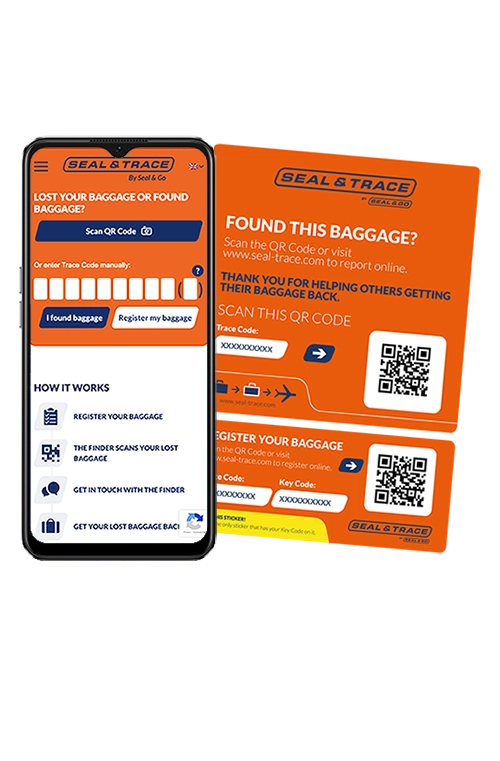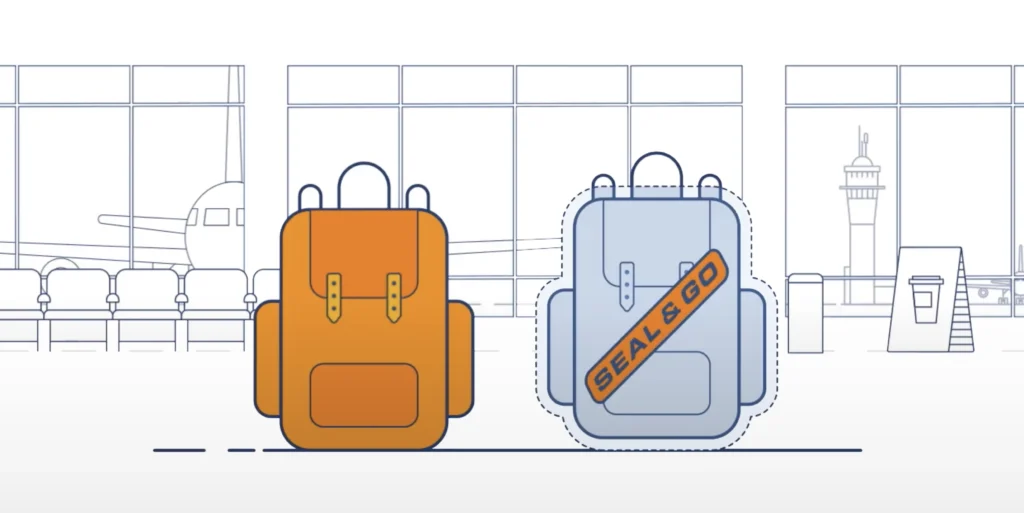Whether you’re walking through a city, climbing a mountain, or trekking through a jungle, traveling with a backpack is much more convenient than traveling with a wheeled suitcase. However, there are also some downsides to traveling with a backpack, particularly when it comes to travel safety. Especially during airport baggage handling, there are some specific safety risks.
Damage to your backpack
Airport baggage handling is a complex and dynamic process. Efficient baggage handling is essential for smooth travel. Despite the advanced technologies and protocols implemented to make this process efficient, problems can still arise.
Due to the flexible structure and dangling straps and buckles, backpacks are more susceptible to damage than hard-shell suitcases. Your backpack can get caught on other luggage or tear open. Straps and buckles can also get caught in conveyor belts or other equipment, leading to tears. Moreover, not all airports have equally advanced baggage handling systems. Poorly maintained conveyor belts can damage the fabric of your backpack.
Luggage theft
Despite globally improved security measures, theft remains a significant issue at some airports. Because of their flexible structure and easy access points, backpacks are often seen as easy targets. Zippers and buckles can be easily opened, especially if your backpack is not well secured.
Lost luggage
There is always a possibility that a baggage label is not printed correctly or that the label gets damaged. This can happen with suitcases as well. However, it occurs more frequently with backpacks. Backpacks have fewer surfaces available for labels, making them easier to lose or misread. As a result, your backpack could be accidentally sent to the wrong destination and become lost.
General baggage handling risks
A shortage of staff can increase baggage processing time, causing the baggage to miss the flight. Miscommunication between airlines, airport staff, and baggage handling companies can also lead to errors and inefficiencies. If baggage is not correctly linked to the right flight information, it may result in incorrect sorting. When flights are overbooked, it may not be possible to take all luggage. For transfer flights, luggage sometimes does not get transferred to the next flight on time.
How to protect your backpack:
- Use a flight bag/backpack cover – a sturdy flight bag protects the backpack from damage and prevents straps from getting caught during baggage handling.
- Remove straps – if possible, remove the straps or secure them to prevent them from getting stuck.
- Add a distinctive feature – consider adding a distinctive feature to avoid confusion with other backpacks.
- Use TSA-approved locks – secure the compartments of your backpack with TSA-approved locks. This discourages potential thieves and keeps your belongings safe.
- Distribute weight evenly – avoid overloading your backpack and minimize damage during transport.
- Use packing cubes or compression bags – keep your belongings organized and compact.
- Avoid checking in valuables – keep important items like electronics, documents, and medications in your carry-on luggage.
- Ensure your travel insurance covers loss or damage to your luggage.
- With a Seal & Go sealing, your backpack is packed as a single unit with no loose elements that can get caught in the baggage transport system. Additionally, the luggage is better protected against bursting, damage, theft, and drug smuggling. Since each seal comes with a Seal & Trace sticker, you can safely contact the finder if your luggage is lost.
- At Seal & Go, you can also purchase flight bags (with a large name pocket), TSA locks, and luggage straps.




